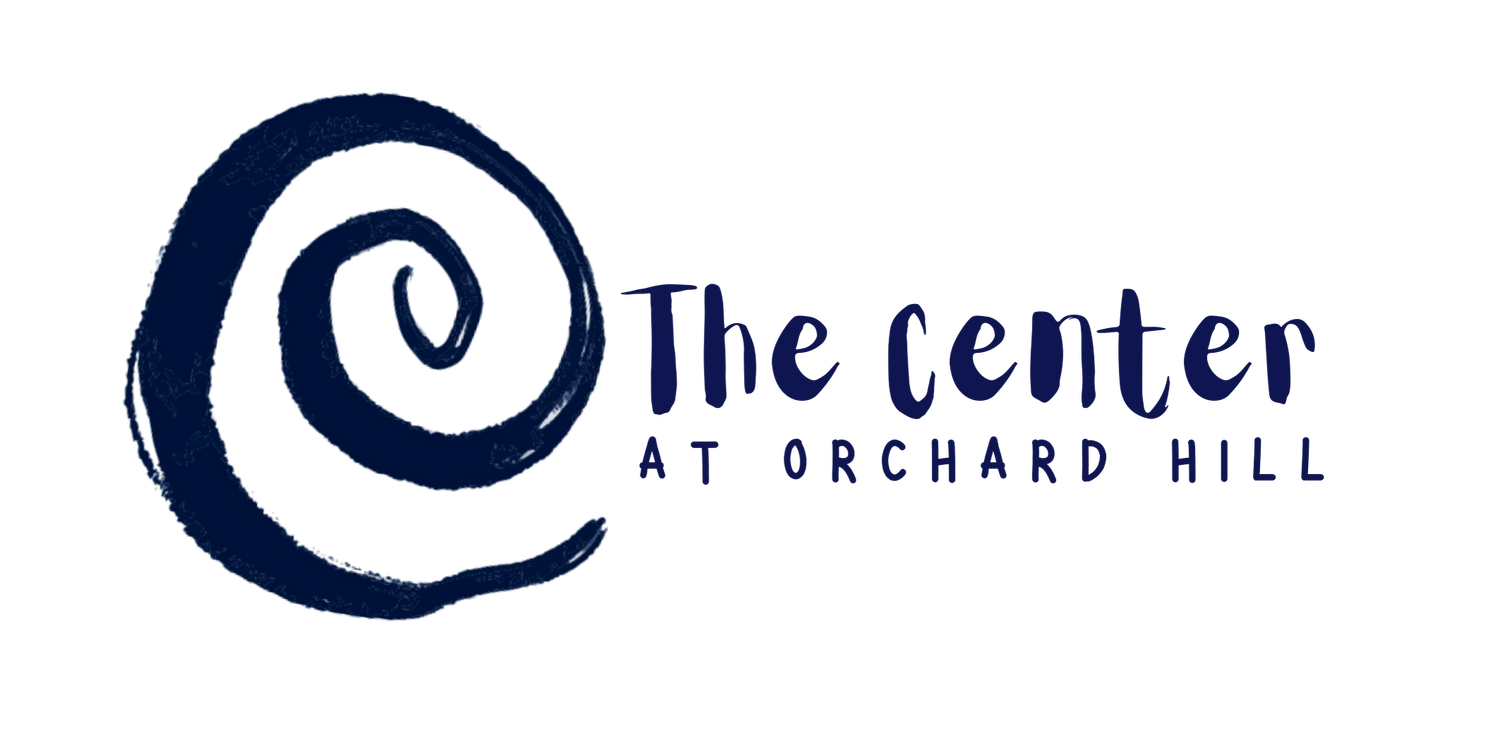The History of Orchard Hill
Orchard Hill, and New Hampshire in general, is a portion of the land known by the Abenaki Nation as N’Dakinna, which means Homeland. It comprises an area that goes from Quebec in the north to Massachusetts in the south and from Maine in the east to New York in the west. Indigenous people have been living on this land for more than 12,000 years.
The area where Orchard Hill is located, between and several miles from the Connecticut and Ashuelot Rivers which were important indigenous means of traversing the area, was useful for hunting; however, the lack of proximity to water made it a place that Abenaki people, who migrated with the seasons, generally passed through on the way to somewhere else in N’Dakinna.
Around Orchard Hill, the land was rocky and had poor drainage. The swamps produced mosquitos and biting black flies that were so bad that people tended to only come through the area and not stay long. The bug season lasted all summer, and then by the fall it became horribly cold until spring, the hills making it much colder than other nearby areas.
In the 1600s, areas nearby to Orchard Hill were colonized by Europeans, who brought devastating illness and plague that killed many Abenaki people. N’Dakinna was violently altered in ways that irreparably damaged the land and Abenaki people’s livelihood. Nearby Lake Warren, for example, was created by damming water in 1771 to source mills. In the 1800s, forests were cleared to make pasture for animals, and land was mined for mica and later feldspar.
For a long time compared to other areas of N’Dakinna colonized by Europeans, no Europeans actually settled in the area that included Orchard Hill. Compared to the valley and river areas a few miles in either direction, the land where Orchard Hill was located had little access to water and the hilly land full of rocks was difficult to cultivate.
Over time, however, some European immigrants did try settling on hilly, rocky homesteads without access to water and roads, and in the 1930s, the Civilian Conservation Corps dug a series of ponds, including the one at Orchard Hill, to make the land more habitable.
Below is a timeline of significant events in and around Orchard Hill.
1910: The land now known as Orchard Hill was owned by the Burroughs family.
1930s: Artists and progressive educators from New York City formed the Prentice Hill Community in nearby Alstead, enlivening the area with art and owner-built homes.
1940s: Austin Fletcher bought the Burroughs’ farm and moved here around 1950.
1950s: Amil and Helen Motika bought a camp (summer home) on Old Settlers Road.
Late 1960s: The nearby Corbin farm went to auction and was purchased by Amil and Helen’s son Reilly, Richard Mensoff, and Robert Harrison.
1971: Reilly, Richard, and Robert formed a community of 25 people, including Anton Elbers and his brother Christopher, and Eleanor, to farm macrobiotically for the Erewhon Trading Company, the first natural foods company in the United States, based in Boston.
1971: People from Erewhon Farm began farming Fletcher’s and Motika’s fields. Christopher Elbers told his parents that Fletcher’s land was up for auction. His mother, Joan Elbers, purchased Fletcher’s farm shortly after.
1972: Erewhon Farm members approached the Elbers with the idea of planting an apple orchard on their land.
Early 1970s: Six intentional communities/communes had formed in the surrounding area.
1973: Anton and Eleanor Elbers and other families formed a commune at nearby Stepping Stone Farm.
1975: Stepping Stone Farm developed a collective ownership model.
1989: Anton and Eleanor left Stepping Stone to move to the Elber’s farm to be closer to the orchard and the expanding gardens.
1997: Noah Elbers began baking and selling bread for the surrounding community.
2000: Orchard Hill Breadworks is incorporated.
2004: Orchard Hill was incorporated as Orchard Hill Fruit and Vegetable Farm.
2007: Orchard Hill Community was incorporated as a land cooperative.

